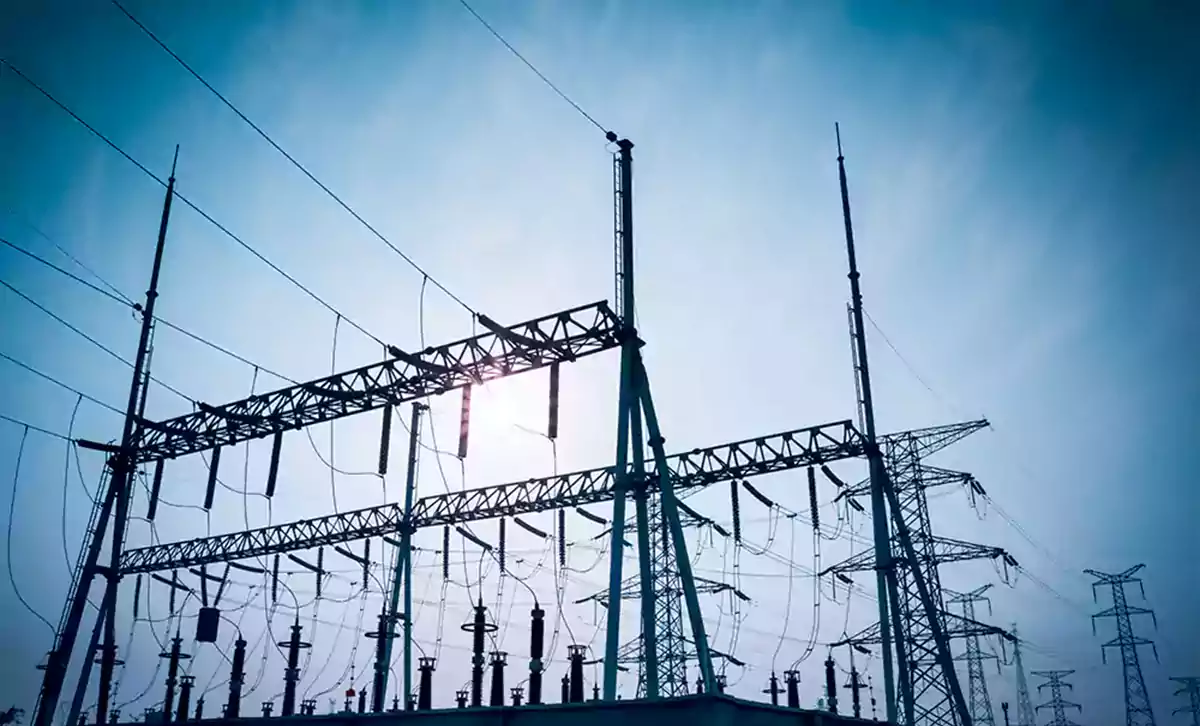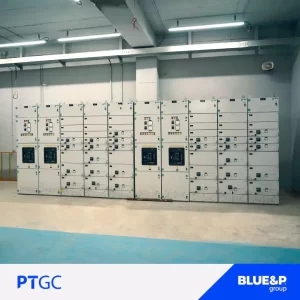Reducing emissions and moving towards decarbonising energy are two fundamental objectives for safeguarding the planet. To achieve this, combining the most competitive renewable energies, as wind, photovoltaic and hydraulic energy, in hybrid installations — that can be complemented by storage systems — is proving to be an effective tool for delivering clean and efficient energy.
Renewable energies, environmentally friendly and inexhaustible, are the mainstay of the effort to achieve the objectives set out in the Paris Agreement and the UN Sustainable Development Goals (SDGs), in particular those relating to the fight against climate change and universal access to energy. Hybrid generation plants, which use two renewable energy sources, such as photovoltaic and wind, to ensure a more stable supply, are proving to be fundamental in achieving these aims.
WHAT IS HYBRID ELECTRICAL POWER
Hybrid power systems are those that generate electricity from two or more sources, usually renewable, sharing a single connection point. Although the addition of powers of hybrid generation modules are higher than evacuation capacity, inverted energy never can exceed this limit. In that way, a hybrid generation plant can, therefore, use, for example, photovoltaic energy when the sun shines and another source, such as wind, in cloudy weather, thus ensuring a more stable and efficient supply. Hybrid installation may or may not always include storage systems.
TYPES OF HYBRID ELECTRICAL POWER
Leaving aside hybrid installations with diesel generators, the most common types of hybrid electrical power combinations are:
Photovoltaic + Wind.
Photovoltaic + Hydraulic.
Hydraulic + Wind.
Solar Thermal + Biomass.
Also, a hybrid generation plant can be created from scratch or, more commonly, an existing plant can be hybridised, adding a new module from another source to the existing generation technology.
THE IMPACT OF HYBRID ELECTRICAL POWER (SOLAR + WIND) on OWNERS
Additional levers to capture (future) value of energy. Potentially reduced LCoE. Less uncertainty in the business case. Adaptability to various site conditions. There are synergies in CAPEX and OPEX and capacity factor of the installation is increased
THE IMPACT OF HYBRID ELECTRICAL POWER (SOLAR + WIND) on DEVELOPERS
Increase utilisation of grid connection capacity. Synergies in permitting development, operation, maintenance.
THE IMPACT OF HYBRID ELECTRICAL POWER (SOLAR + WIND) on POWER SYSTEM
Mitigation of RES variability, possibility of scheduled power dispatch, less power and voltage peaks. Reduced balancing needs and curtailments compared to pure wind or solar power plants.
THE IMPACT OF HYBRID ELECTRICAL POWER (SOLAR + WIND) on SOCIETY
More cost-effective grid utilisation. More efficient land use. Accelerate rural electrification. Defer investments in grid infrastructure.
ADVANTAGES OF HYBRID ENERGY
The renewable energy sector is in a constant process of innovation to increase its efficiency, competitiveness and to protect the health of the planet. The main advantages of hybrid projects include:
Increased capacity factor in the access point of the hybrid plant thanks to the complementarity of the load curves of both technologies.
Switching between sources when one is inactive reduces the unpredictability inherent in renewable energy and improves the stability of the electricity supplied. Thus, the power on the supply point is ensured.
Optimization on the use of electric infrastructures, involving synergies on O&M and CAPEX.
Speeding up connection times and the commissioning of new renewable generation plants if there is no need to apply for a new access point.
REGULATION AND HYBRID ELECTRICAL POWER
As electricity generation from the hybridisation of renewables is a recent development, specific regulation on the subject is still scarce almost all over the world. India, which has set a target of 100 GW of solar energy and 60 GW of wind by 2022, is one of the pioneering countries in this regard. Since 2017, it has had a specific policy aimed at providing a framework for the promotion of large wind-photovoltaic hybrid systems.
Hybrid generation plants are also emerging in Australia, driven by tightening grid requirements. In most European countries, in terms of legal requirements, photovoltaic-wind power plants are not usually treated differently from other technologies.
Internationally, these are developers’ main requirements of regulatory bodies in order to maximise the potential for hybridisation:
- A clear regulatory framework, starting with a definition of the different hybrid generation plants.
- Standardisation of requirements relating to grid connection and measurement and traceability procedures for renewable energy in hybridisation projects.
- When an existing plant is hybridised, developers should be able to install a total renewable energy capacity greater than the agreed grid connection capacity.
Source: iberdrola.com








